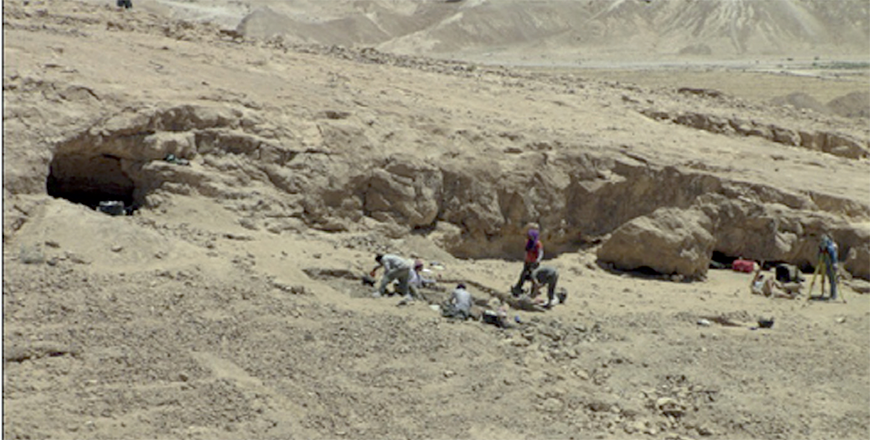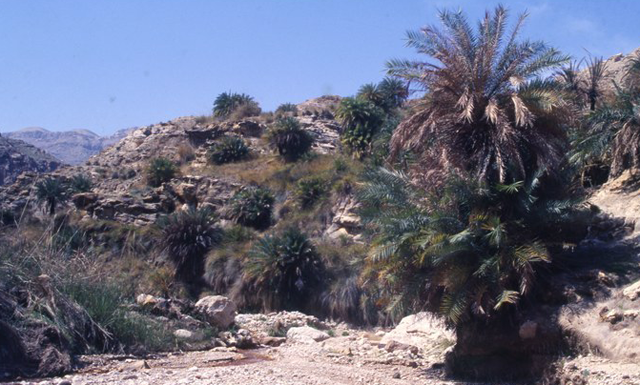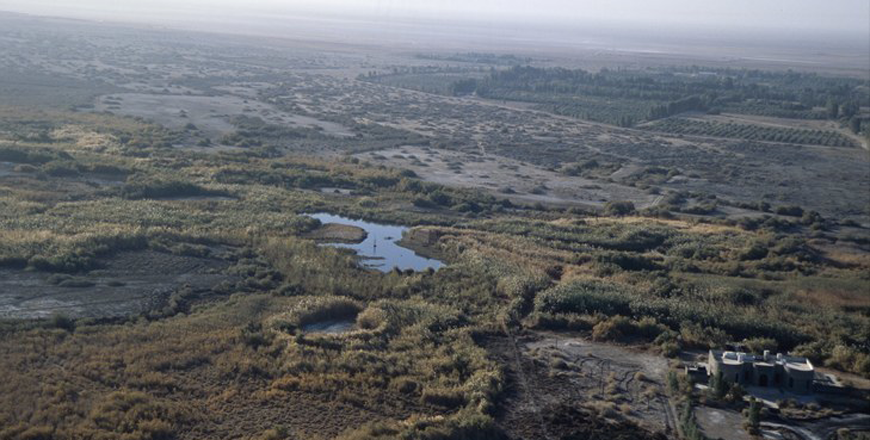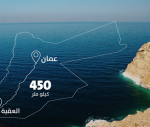You are here
Ancestral occupation of southern wadis: Focusing on environmental analysis of Tor Al Tareeq
By Saeb Rawashdeh - Feb 20,2024 - Last updated at Feb 20,2024

A view of the 2012 excavations at Tor Al Tareeq (Photo courtesy of Maysoon Al Nahar)
AMMAN — Wadi Hasa is one of the most southern wadis between the Dead Sea and the Central Plateau. In most recent times, Wadi Hasa is a popular destination for hikers and adventure tourists, while in prehistoric time it has been a home for numerous settlements. The valley, which is 25 kilometres long, was a base for settlements and a corridor for population movement during history. The sites span periods from the Lower Palaeolithic period until the Ottoman era.
Tor Al Tareeq is one of these sites and dates back from the Early to Middle Epipalaeolithic periods. The site is located along a slope below a collapsed rock shelter and fossil spring deposit and it covers about 812 square metres. The area today receives between 100 and 200 millimetres of rainfall per year and during the late Pleistocene, the site was situated on the shore of a mildly alkaline lake. By the time of the early Epipalaeolithic occupation (ca. 15,000- 13,000BC), the lake was characterised by paludal conditions (marsh environment), indicating a low energy depositional environment.
The high density of lithic material in distinct strata indicates that the site was occupied multiple times.
“The major part of the occupation appears to represent an early phase of the Levantine Epipalaeolithic, based on techno-typological indicators [narrow backed bladelets and microburins] and the radiocarbon dates that range between 14,000 and 13,000BC,” noted the scholar Geoffrey Clark, adding that excavations from the 1980’s were renewed in 1992 to refine the definition of the various occupational episodes.
Tor Al Tareeq was a base camp with the long temporal span of occupation (possibly representing repeated occurrences over several thousand years), and in all likelihood that natural processes (especially erosion) have artificially increased the size of the site. The question of whether the portion of architecture exposed is associated with the main occupational sequence, Clark continued, adding that the site represents a semi-sedentary locality (ephemeral site) or it was the result of numerous, short-term occupations during several thousand years.
Moreover, the evidence suggests that the site was not occupied for long, continuous spans of time. This evidence includes the high density of artifactual debris, as well as the different ages and placement of the hearths and the relatively informal nature of their construction, he underlined.
“Long-term occupants would have presumably invested greater time and effort in constructing site structures like huts and hearths. The lone architectural feature cannot be firmly associated with the early Epipalaeolithic levels,” Clark said, adding that aside from this rock alignment, no evidence for long-term occupation, such as living surfaces, houses or burials, was identified.
The informal, expedient nature of many of the ground stone tools points out to a higher degree of group mobility and an ephemeral site.
However, some evidence that might support a longer-term occupation is the formation of the dark organic levels, probable waste-like deposits given the absence of any features. These areas are characterised by high densities of bone and lithic debris, but the rate at which this material accumulated is unknown and it is possible that they resulted from intensive short-term or seasonal occupations, the archaeologist said.
“A particularly important factor for understanding the Epipalaeolithic settlement in the Wadi Hasa is the large lake in the eastern end of the drainage, Clark said, adding that the presence of this lake and associated springs would have made settlement along its shoreline attractive, especially during more arid intervals. In addition to the lake-margin environment, fauna and pollen indicate the presence of steppe-adapted species along with some woodland.
Regarding fauna, resources available to foragers in the eastern Hasa would include aquatic fowl, amphibians, fish and terrestrial species, all concentrated in the marshes and ponds found around the shores of the lake, Clarke pointed out.
Other animals were tortoise, gazelle, horse, ibex and zebra.
“The presence of ‘site furniture’ in the form of ground stone tools reinforces the notion that plant resources in the site vicinity might have played a significant role in repeated visits to the area. Fresh water from the spring also would have been a powerful attraction,” Clark underlined, adding that the ecological factors that constrain forager adaptations in the arid environments to the west and south are different from those of inland lake basins.
Related Articles
AMMAN – Climatic changes directly affected resource availability, which in turn necessitated a change in the land use strategies, said the A
AMMAN — Located between the Karak and Tafileh governorates, Wadi Hasa was of interest for Jordanian and foreign researchers who from the lat
AMMAN — The Azraq Basin covers some 12,000 kilometres of the north-central Jordanian Plateau and currently ranges from moist steppe in the n



















